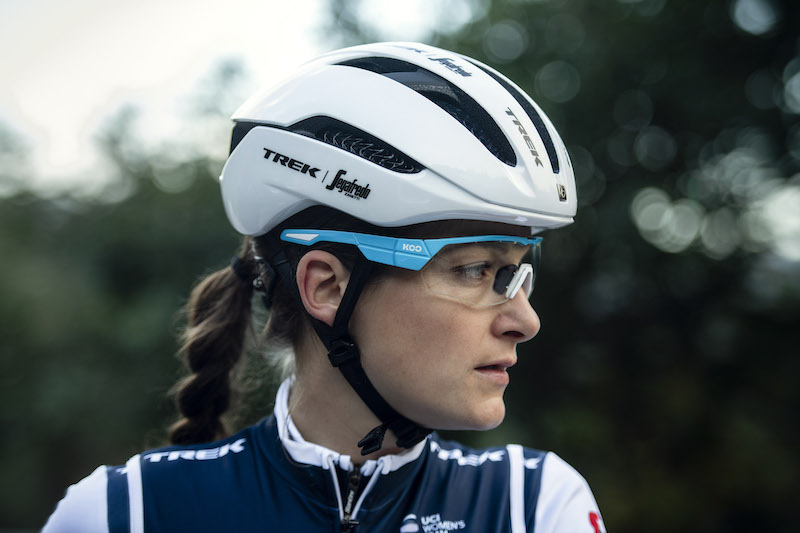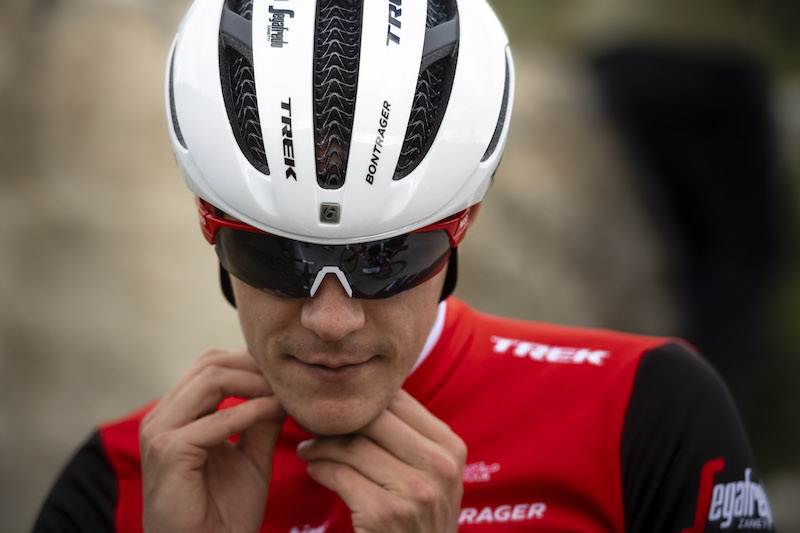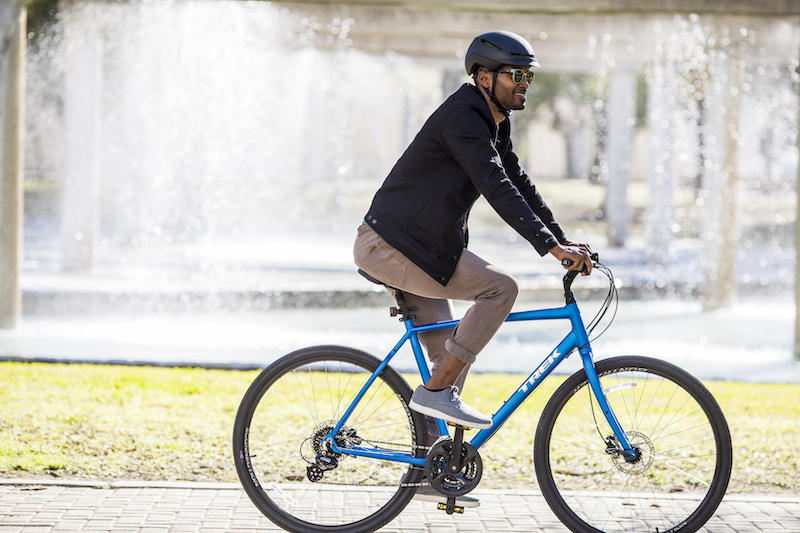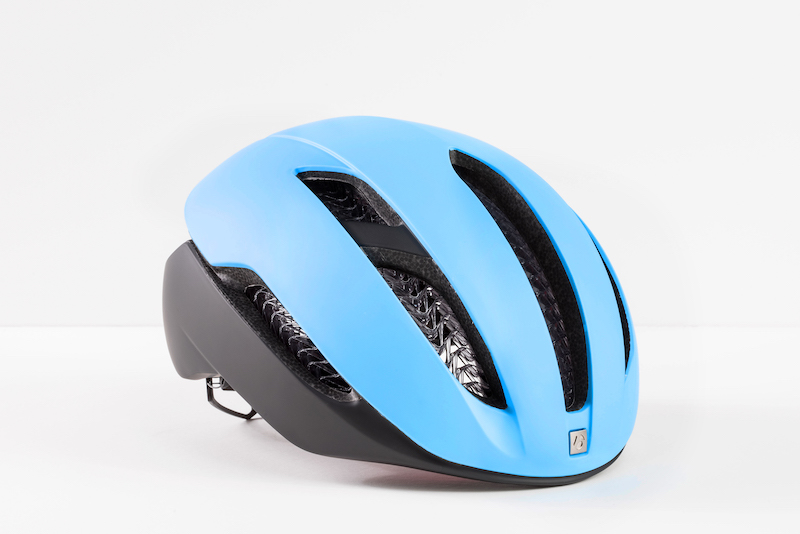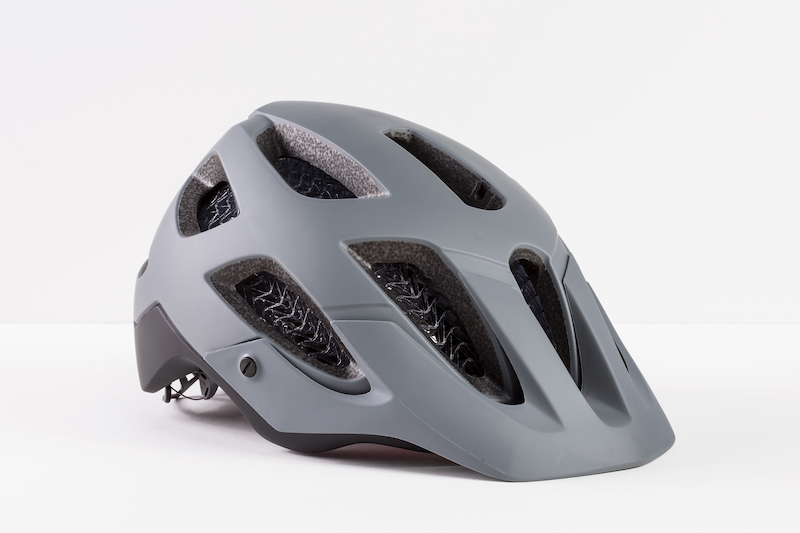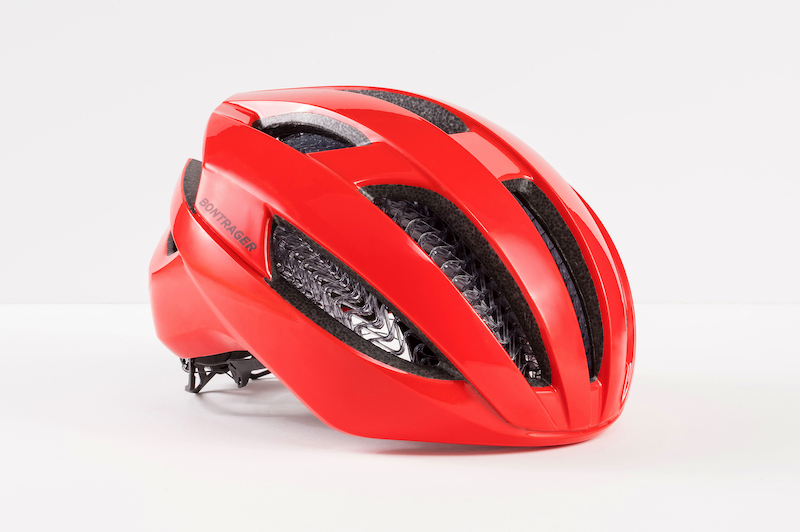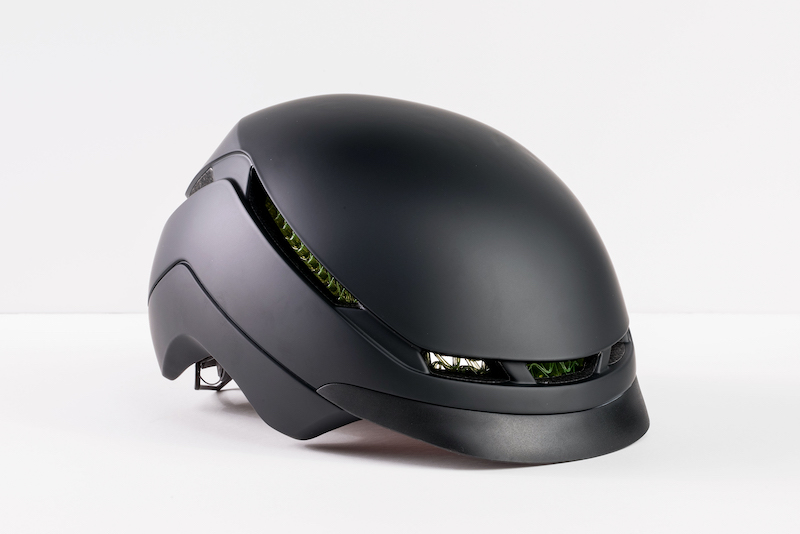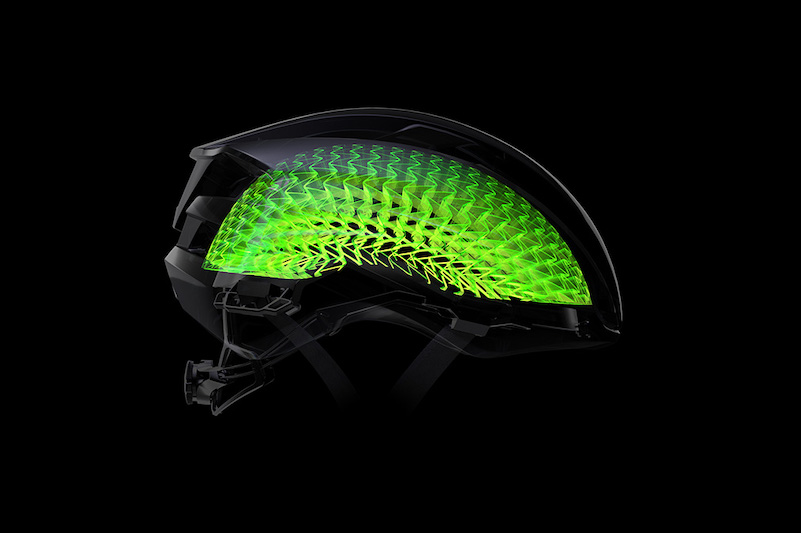Head, neck, and brain injuries are among the most common experienced by cyclists in an accident, which is why a good bike helmet is always an essential piece of gear. Over the years, there have been some incremental improvements to helmet technology that have helped make them smaller, lighter and stronger, with some minor upgrades in terms of safety, too. Trek and Bontrager are looking to change that, however, with the introduction of a groundbreaking new technology that promises to make cycling safer than ever.
This innovation is the result of over a decade of research, testing, and development by Michael Bottlang PhD and Dr. Steven Madey of the Legacy Biomechanics Lab in Portland, Oregon. Inside their Helmet Impact Testing facility, Digital Trends got an exclusive look at the newly developed drop tests which allowed the researchers to test and perfect the new helmet designs. Until recently, helmet testing and technology hadn’t evolved much.
For the most part, the core technology used in most bike helmets has remained largely unchanged for decades. EPS foam is typically used to line the helmet and serve as a shock-absorbing barrier. While this foam does provide adequate protection in some accidents, it doesn’t prevent all injuries nor is it especially useful for anything other than direct impacts. Trek’s new technology not only offers a significantly higher level of protection, but it also does so at odd angles, which often occur during a crash.
Dubbed WaveCel, the technology comes in the form of collapsible cellular material. What sets it apart from EPS foam is that it can absorb the energy created by an impact in multiple ways, making it a safer and more versatile option for use in bike helmets. The safety benefits come from the ability of the layers that make up WaveCel to move independently of one another. On impact, this allows the material to flex to a point that the cell walls begin to crumple, causing the energy to glide in multiple directions. This results in both direct and rotational energy being redirected away from the head, preventing serious injury to the rider.
Trek says that its new WaveCel helmets are 48 times more effective at preventing concussions from a cycling accident. In fact, the company claims that the new technology is so good that it will prevent a concussion nearly 99 times out of 100. This has earned the new helmets a five-star rating in the Virginia Tech University helmet rating system, which is the gold standard throughout the industry.
Products incorporating the WaveCel technology are available now under the Bontrager brand. They include the XXX WaveCel Road Helmet and the Blaze WaveCel MTB Helmet, both of which are aimed at the more serious rider and are priced at $300. Meanwhile, the Specter WaveCel Road Helmet and Charge WaveCel Commuter Helmet are meant for the more casual crowd and come with slightly different designs and specs for a more affordable $150.
You can learn more about WaveCel and all four helmets on the Trek website.
Editors' Recommendations
- I had written off bicycles, until e-bikes unlocked an entire world for me
- Omne Eternal safety-first cycling helmet uses the power of light to charge up
- Razer’s high-tech face mask filters air and amplifies your voice, Bane-style
- Tech for Change: New gadgets at CES 2021 finally bridge the language barrier
- Tech for Change: At CES 2021, tech promises to create clean, pure water for all


